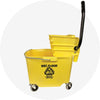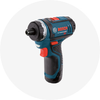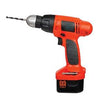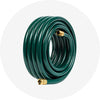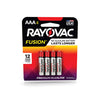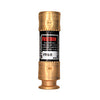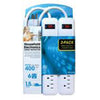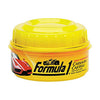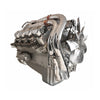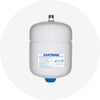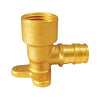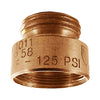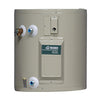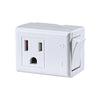10 Tips for Watering Your Plants
∙ min read
Everyone knows that plants need water, but did you know there are right and wrong ways to irrigate them? It's true! Inefficient plant watering can harm your greenery, whether it be too much or too little. Follow these tips to give your plants what they need without causing unintentional harm.

1. Know Your Soil Type
The type of soil you have can make a big difference. If the soil consists of clay or loam, it will be pretty efficient at holding onto the water so that plants can use it. This means that you don't have to water your plants as often.On the other hand, if your soil is mainly sandy, it will not retain water as well; this means that you may have to use a heavy-duty garden hose and water more often. If you are not happy with your soil type, you can always add the soil of your choice to your garden, which gives you more control over how often you need to water.
2. Don't Let Plants Become Waterlogged
If puddles are forming around the bases of your plants, you are overwatering them. Plant roots need oxygen. If the cells of the roots cannot get it because puddles of water are suppressing them, the plant can drown. For indoor plants, be sure the pot is draining. If no drainage holes exist, add some or repot the plant into a pot with a drainage hole. Do not allow the pot to sit in water; this will keep the soil too wet.

3. Water More Deeply, Less Often
Many gardeners may get out their watering cans and give their plants a light sprinkle on a daily basis. However, the roots of a plant can't grow where there is not enough water, so if you water them often but lightly, they will only develop shallow roots. This makes them more vulnerable to damage. Instead, it would be best to water them less often but give them a good soaking to saturate the ground; this allows them to develop deep roots without getting waterlogged.
4. Water Containers More Often
If you have a container plant or planters around your yard, they might need more frequent watering than your lawn or garden. This is because confined soil dries out more quickly than your garden's soil, partly because the container holds onto heat.

5. Know How To Tell When a Container Needs Water
You'll be able to tell if your plant needs watering by observing the dryness of the soil surface. You can also stick your finger into the soil up to the second knuckle; you know that the plant needs water if the soil feels dry to the touch. A moisture sensor is another alternative to quickly and accurately check soil moisture levels.
6. Schedule Watering for the Right Time of Day
The best time to water plants is typically in the morning. However, the temperature tends to be lower before the sun is fully up, which means less evaporation. Some say it is acceptable to water plants later in the evening for the same reason, but others recommend against this as the wet foliage could attract insects. In addition, warm temperatures could encourage fungal growth.

7. Prevent Leaves From Getting Wet
There are two reasons why it is unhealthy for your plants to get their leaves wet. First, when the sun comes out, the drops on the leaves can focus the energy from its rays, similar to how a magnifying glass can burn them. Wet leaves can also provide an environment for fungus to grow. You can prevent leaves from getting wet by setting your Orbit sprinklers to spray as low as possible and using a watering wand for annuals and perennials to deliver the water directly to the roots.
8. Choose the Most Efficient Garden Irrigation System
There are some systems of irrigation that deliver the water directly to the ground. For example, consider a drip irrigation system or a soaker hose instead of a traditional sprinkler. Soaker hoses are remarkable feats of engineering; they are porous so that, when the water runs through them, it oozes out of the holes to water the plants.A drip irrigation system is more or less what it sounds like; the water drips out of holes in the hoses instead of gushing out. These systems save water, but they also deliver it right to the plants' roots, where it is needed most, and avoid getting the leaves wet.
Sprinkler systems are excellent for watering large, flat areas on your property that require a lot of water, like your lawn. Rotary sprinklers can cover incredible distances if you have a large property. However, consider that sprinkler systems are not great at deep watering your yard or garden, as sprinklers tend to focus on spreading the water they emit to a large surface area.

9. Distribute the Water Evenly
It is essential to deliver the water directly to the roots, but it is also important to water evenly around each plant. This allows all the roots to take full advantage of the nutrients provided by the water. If you only water one side, the root growth will be uneven. The roots on the side that you water will grow more profusely, while those on the side you do not may become stunted.
10. Avoid Run-Off
While you should water deeply, you should also take care to avoid a run-off, which is a waste of water. You can accomplish this with brief pauses to allow the water to penetrate the soil before continuing.

Plant watering is too important to approach haphazardly. So instead, use these 10 tips for watering your plants to keep a beautiful garden all year long.
From garden hoses, watering cans, and advanced irrigation systems, find everything you need for irrigating your lawn and garden here at Max!
Shop Your Watering & Irrigation Supplies Today


